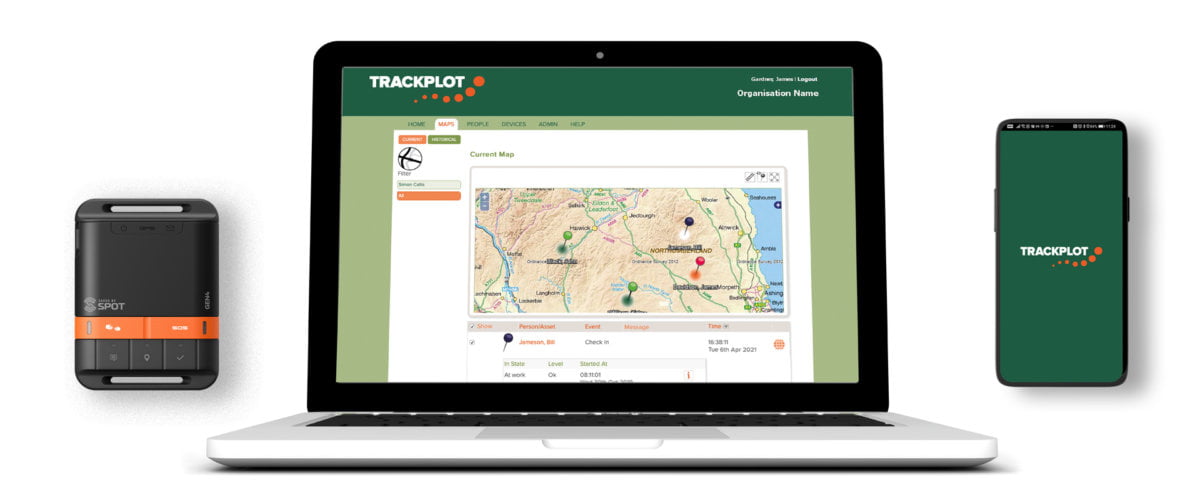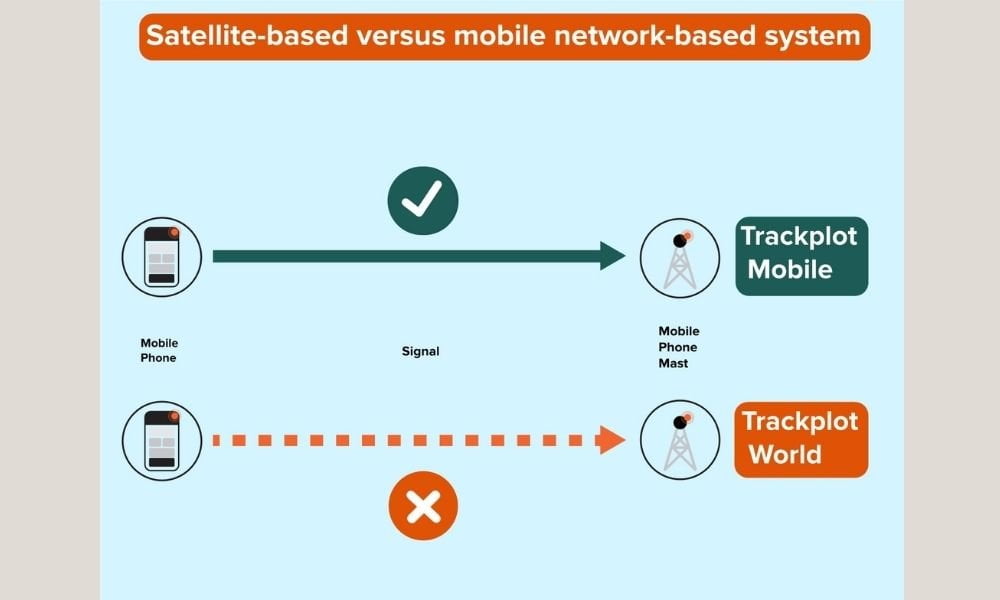How do I know which is the best solution for me?
The locations in which your lone workers operate, the work they do and their access to communications determine the prevailing risks and inform the response that is needed in an emergency situation.

Establish the types of risk
There are three main types of risk that lone workers can be exposed to:
- Environmental based risks such slips, trips and falls whilst working in hazardous or remote locations or
- High risk tasks or
- People-based risks such as aggression from members of the public.
You need to establish which risk types your lone workers are predominantly exposed to and what the most suitable emergency response would be in a crisis. Where your lone workers work and their individual roles are contributing factors to understand this. You also need to consider ways in which they can communicate with you and raise the alarm in the event of an emergency.
Understanding risk is crucial to choosing the best solution for you.
Outdoor land-based lone workers such as forestry contractors, road and infrastructure inspectors, powerline and vegetation maintenance workers routinely operate in rural or isolated environments and will be more at risk from environmental factors and high risk tasks. The most suitable emergency response for these types of lone workers is mountain rescue, coastguard or air ambulance.
Urban-based lone workers such as housing inspectors and community nurses may be exposed to multiple risks including slips, trips or falls, offensive behaviour or aggression from members of the public. The emergency response most appropriate for them is usually the ambulance service or the police.
Home-based lone workers are typically at risk from slips, trips or falls, known medical conditions or sudden illness. The most appropriate emergency response is usually the ambulance service.
Access to communications
Urban-based and home-based lone workers with access to reliable mobile phone coverage can opt for a mobile app based lone worker monitoring solution.
Lone workers with limited or no mobile phone reception will need a satellite-based lone worker monitoring system.
Explaining the Trackplot options
We offer two different options to suit your needs:
Trackplot World uses the GPS and communication satellite networks to operate. If your lone workers have no, poor or unreliable mobile phone reception in the locations they work then they will use Trackplot World. For convenience, this package includes the Trackplot Mobile App so your lone workers can use the App when they have mobile phone signal.
Trackplot Mobile uses the mobile phone network to work. If your lone workers have access to strong, reliable mobile phone reception in the locations where they work then this is a good solution for you.
If your lone workers are based in multiple locations around the UK and the strength and reliability of mobile phone reception varies, you can choose a combination of both Trackplot World and Trackplot Mobile.

Watch this video to understand the differences between Trackplot World and Trackplot Mobile:
Get in touch and we can advise on the best solution to suit the needs of your lone workers.
